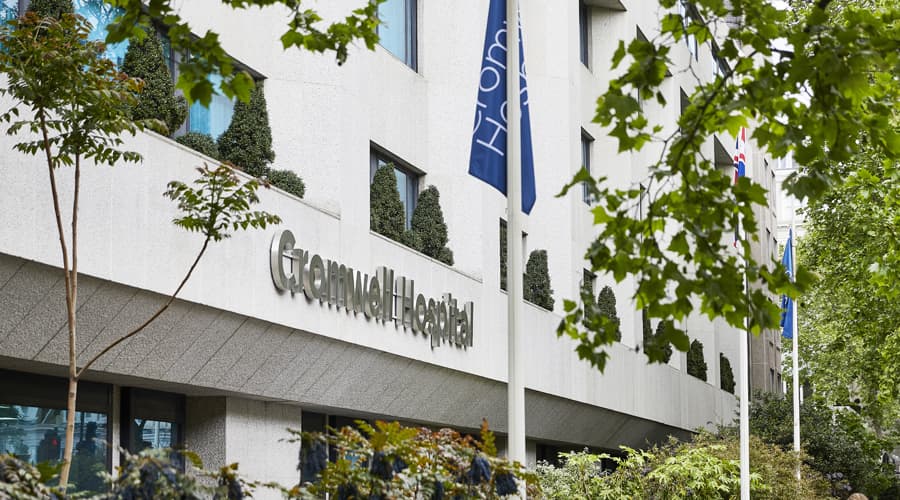Home video polysomnography
Home video polysomnography helps diagnose sleep disorders and is favourable for those who struggle to sleep in unfamiliar environments.
What is home video polysomnography?
A polysomnogram (PSG) is the gold standard test to help diagnose sleep disorders. Home video PSG is performed in your home and is favourable for those who struggle to sleep in unfamiliar environments.
Polysomnography involves measuring brain wave activity, eye, and limb movements, whilst monitoring the breathing pattern and pulse rate during sleep. It is a non-invasive test which requires several sensors and electrodes to be placed on specific points of the body. Video is also recorded during the study to investigate any movements that may be related to sleep behaviours.
We can only offer a home video PSG within a certain distance of the hospital, so please check with the team to confirm whether this is an option for you.
Polysomnography monitors your sleep stages and cycles to identify if and why your sleep is disrupted. Therefore, it is helpful in the following:
- to assist in diagnosing sleep related breathing disorders (SRBD) and ensuring treatment is sufficient for those patients with SRBD
- to rule out any physiological causes of insomnia
- to investigate for restless legs syndrome and/or periodic limb movements of sleep
- to investigate parasomnias, circadian rhythm disorders and other disorders of sleep which require neurological monitoring
- to assess sleep efficiency in those complaining of poor sleep quality
Having a home video polysomnogram
Preparation
Two of our physiologists will arrive at your home at the agreed time, usually between 5:30 to 6:30pm. They will explain the test and begin connecting the equipment. This process usually takes one-and-a-half to two hours and involves connecting several electrodes to the scalp, face, chest, hand, and legs. You will be able to move freely around your home once connected.
During the test
You will be encouraged to follow your usual night-time routine. Video is recorded to capture any body movements throughout the study.
Once completed
The team will attend your home the following morning at an agreed time. Disconnection usually takes 30 minutes. We strongly advise that you shower and wash your hair immediately after disconnection.
We ask that you ensure the allocated room for connection and disconnection is tidy and free of clutter.
Hair should be clean, and no make-up should be worn. Nail polish and acrylic nails should also be removed prior to the test as this will affect the signals.
The sensors are worn over clothing, so you’ll need to wear comfy clothes or pyjamas for sleeping in.
Please refrain from caffeine and alcohol on the afternoon of the test.
Once completed, the physiologist will analyse the results of the test for any abnormal limb movements and/or breathing changes. They will score sleep stages, sleep efficiency, and arousals, as well as pulse rate and oxygen levels. With all this information, a detailed report will be created, which will then be reviewed by our Sleep Consultant.
The results are returned to the referring physician within 10 days of completion. A follow up consultation is advised with your referring doctor to discuss any findings.
Paying for your treatment
We welcome both self-paying and insured patients.
Self-pay patients
We offer several ways for patients to self-pay, including pay-as-you-go and self-pay packages.
Insured patients
At Cromwell Hospital, we accept private health insurance from most major providers, including AXA, Aviva, Bupa, and Vitality.
Our locations

Book an appointment today
Call us now for appointment bookings, general queries, and personalised quotes.
Alternatively, you can contact us using our online form.
